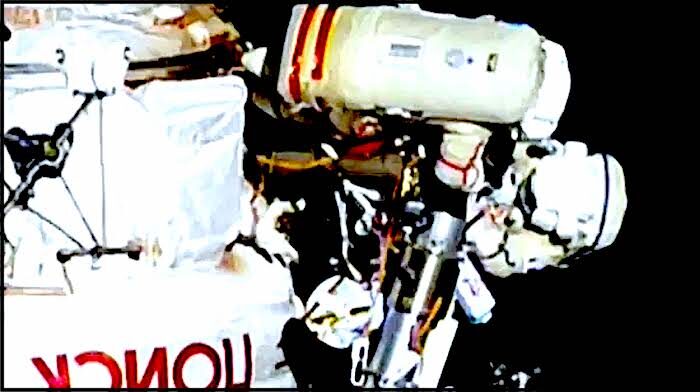
The information is contained in the latest survey of all NOAA's weather stations by the U.S. meteorologist Anthony Watts. The data is compiled from a select group of 114 stations across the country that have been specifically sited away from urban development. Called the U.S. Climate Reference Network (USCRN), NOAA started it in 2005 and noted that it was aiming for "superior accuracy and continuity in places that land use will not likely impact during the next five decades". Representative pictures of the weather stations, as seen in this 2013 science paper, show there is no sign of any urban development. In his latest survey of U.S. "Corrupted Climate Stations", Anthony Watts notes the existence of USCRN, adding
: "It is free of localised heat biases by design, but the data it produces is never mentioned in monthly or yearly climate reports published by NOAA for public consumption."













Comment: